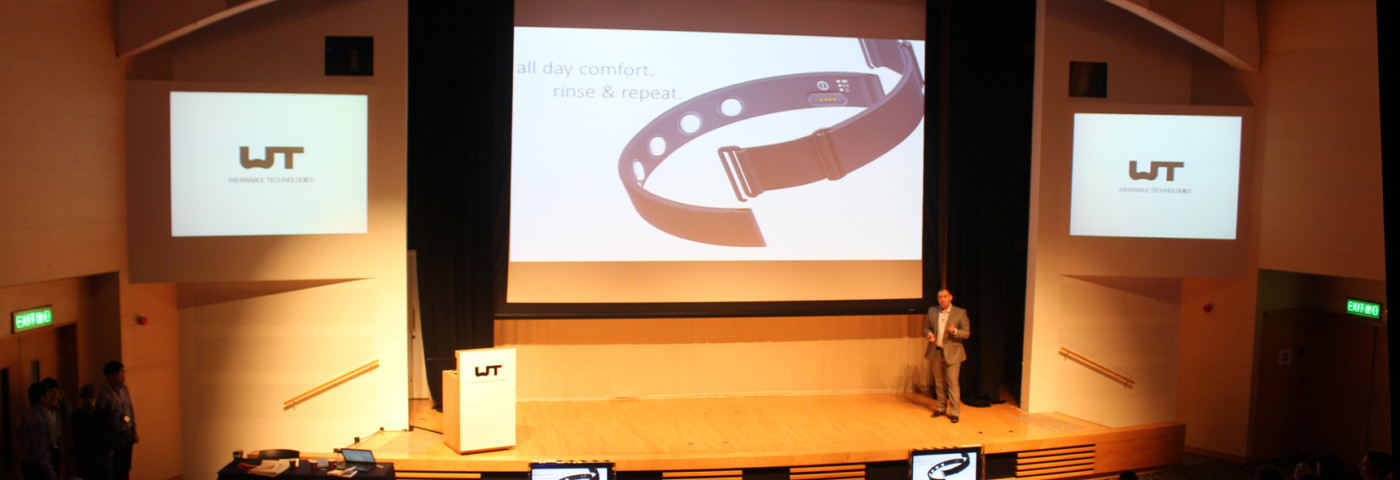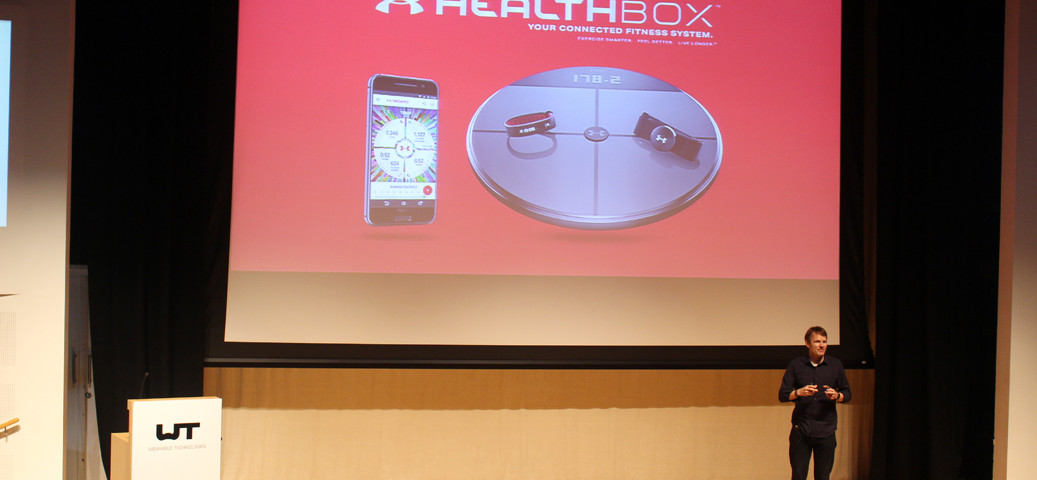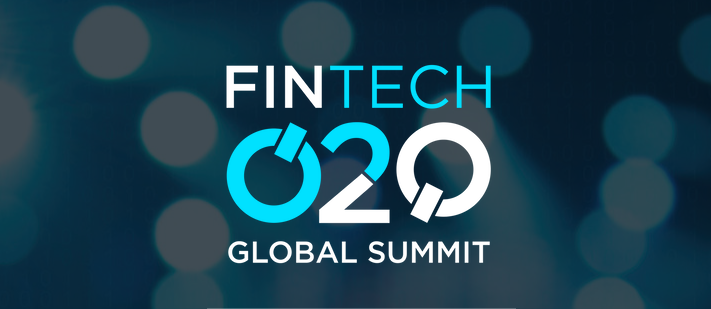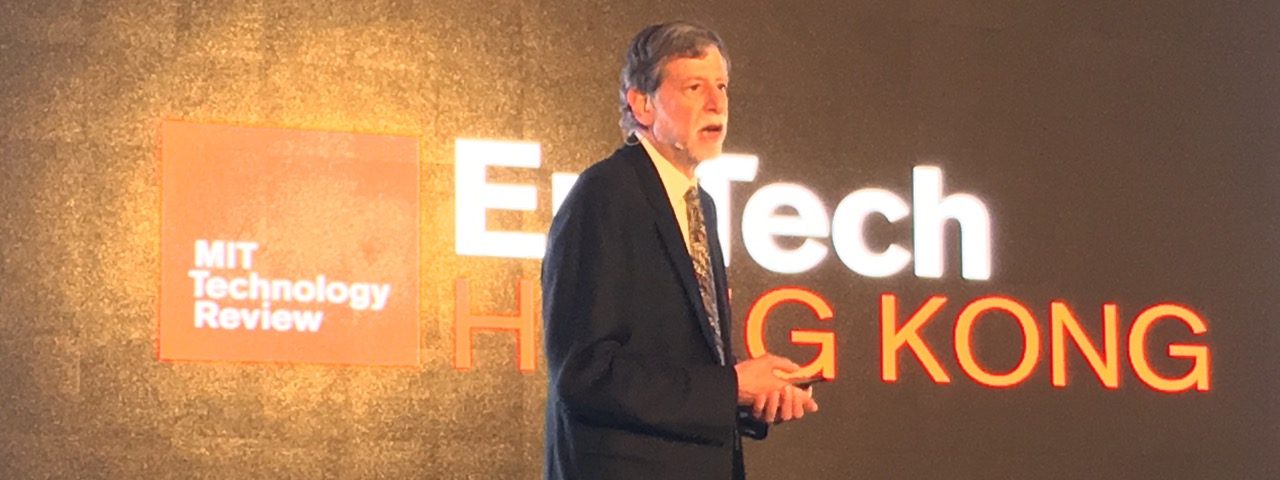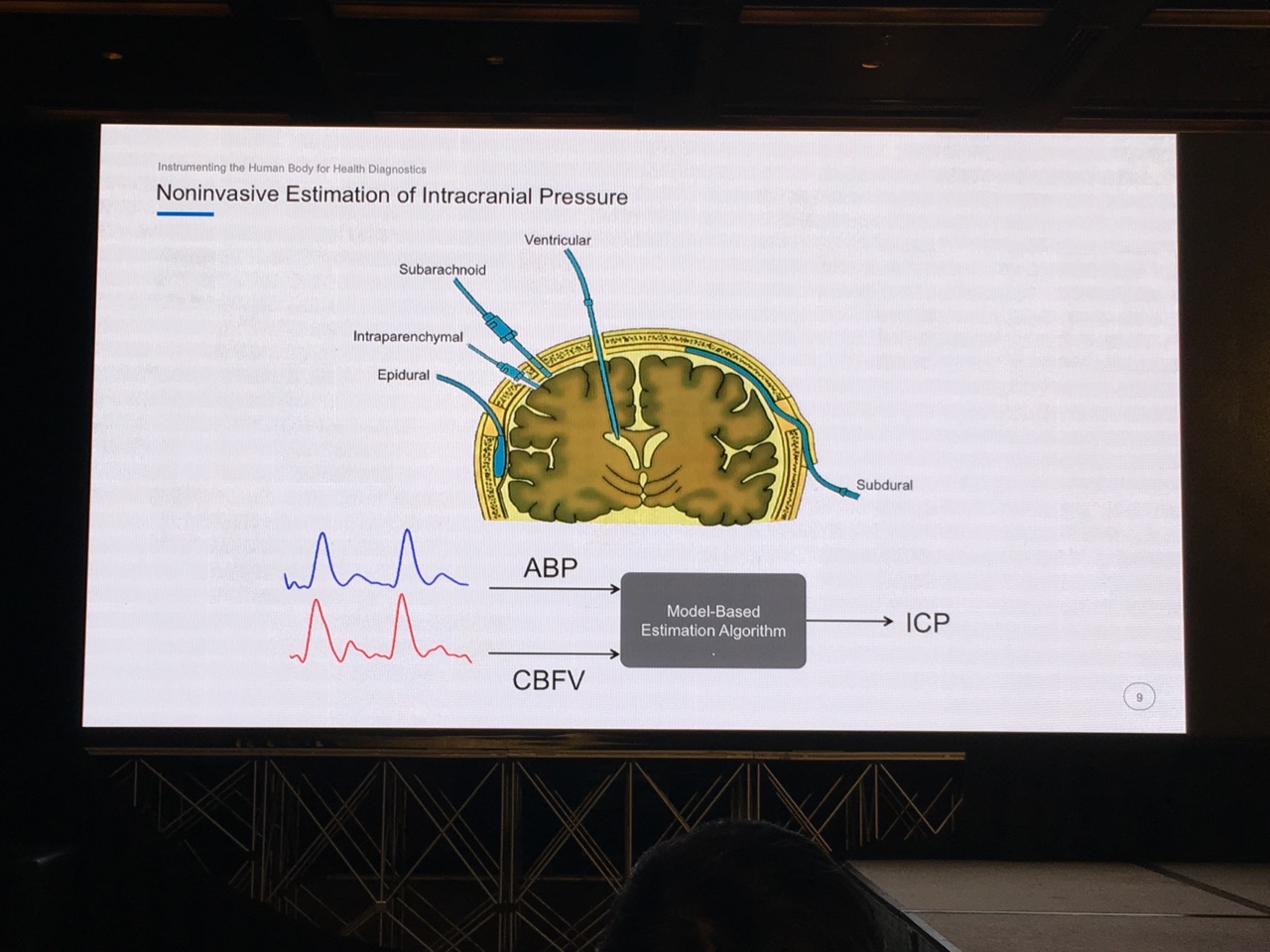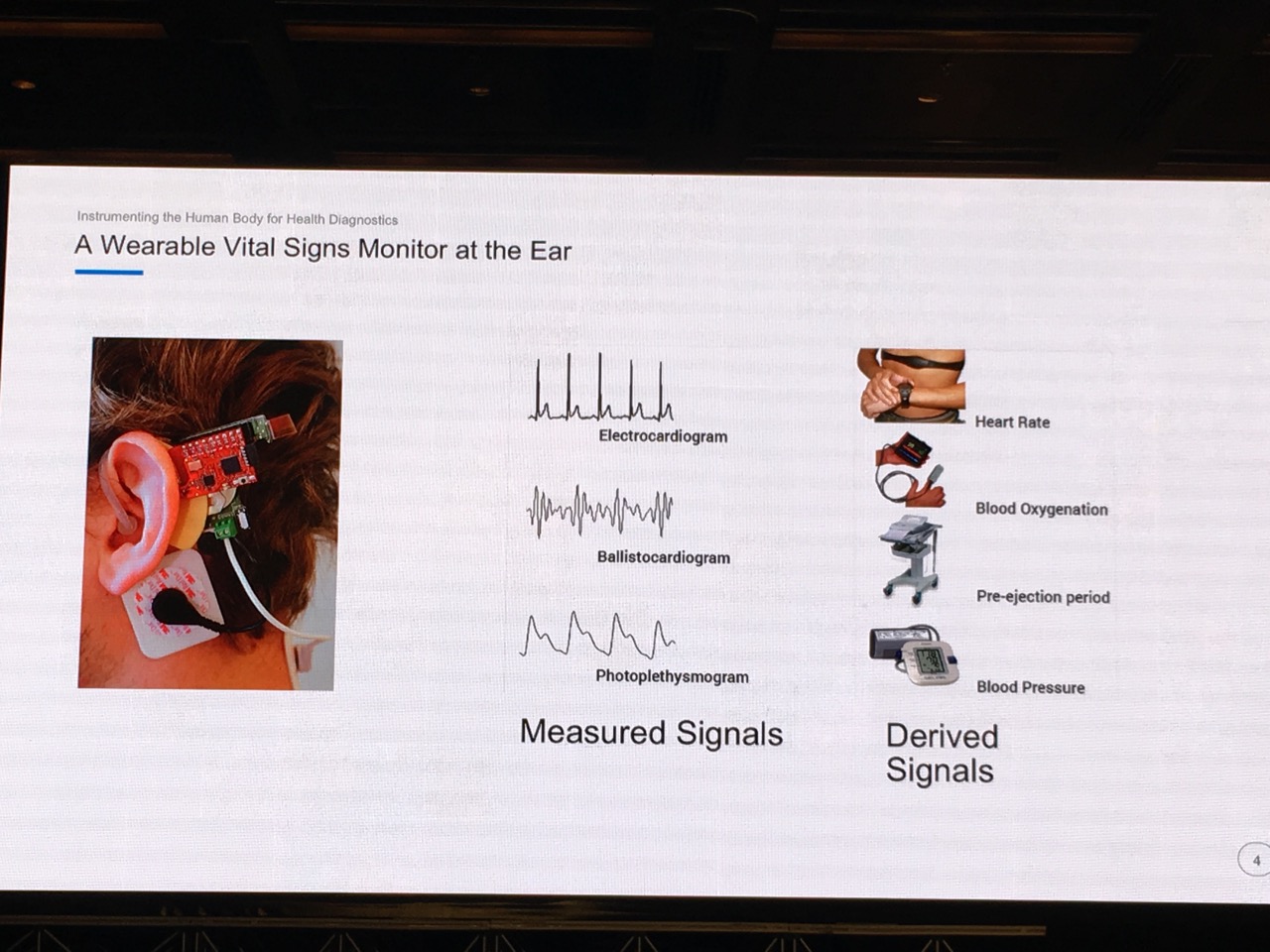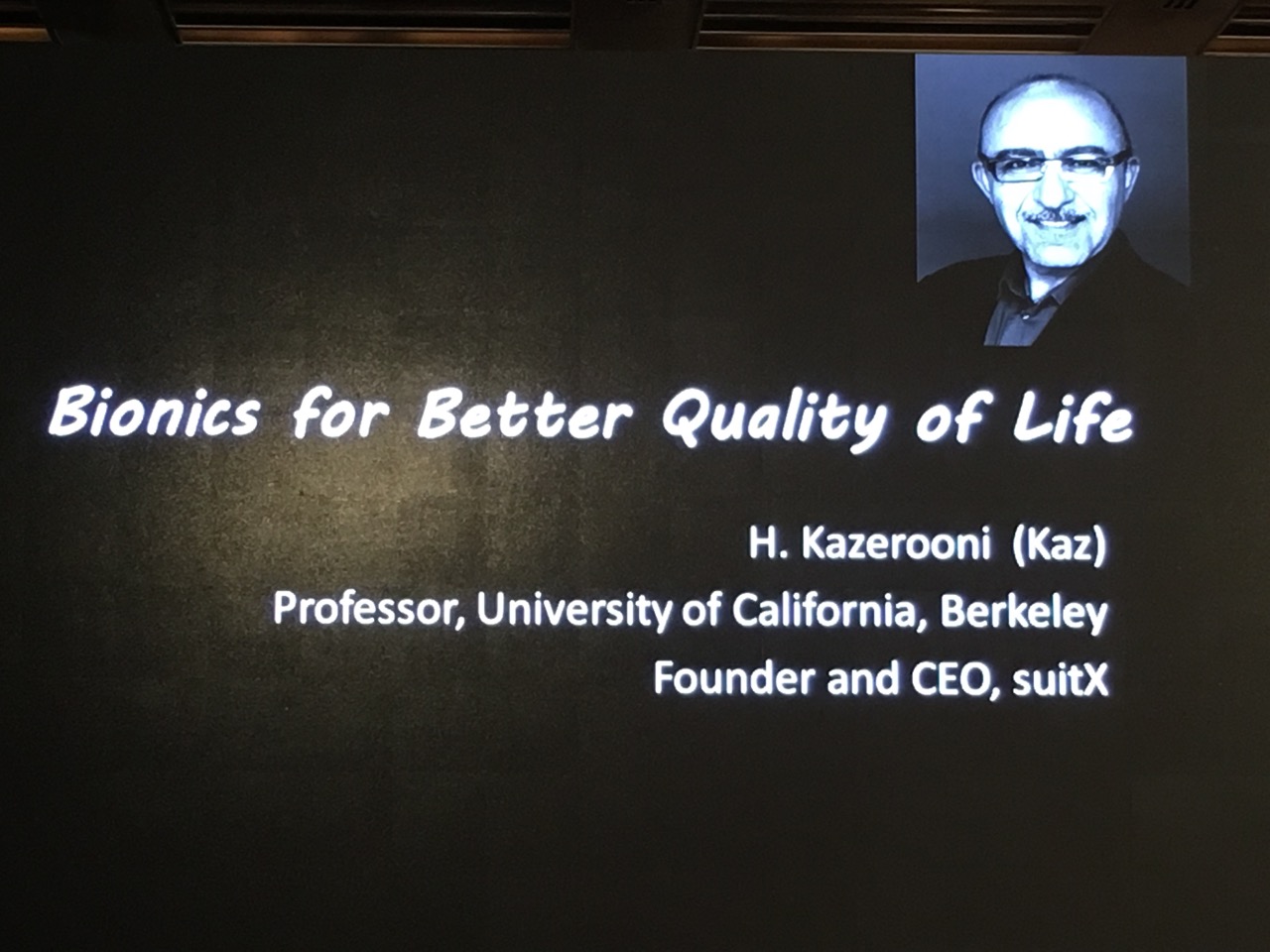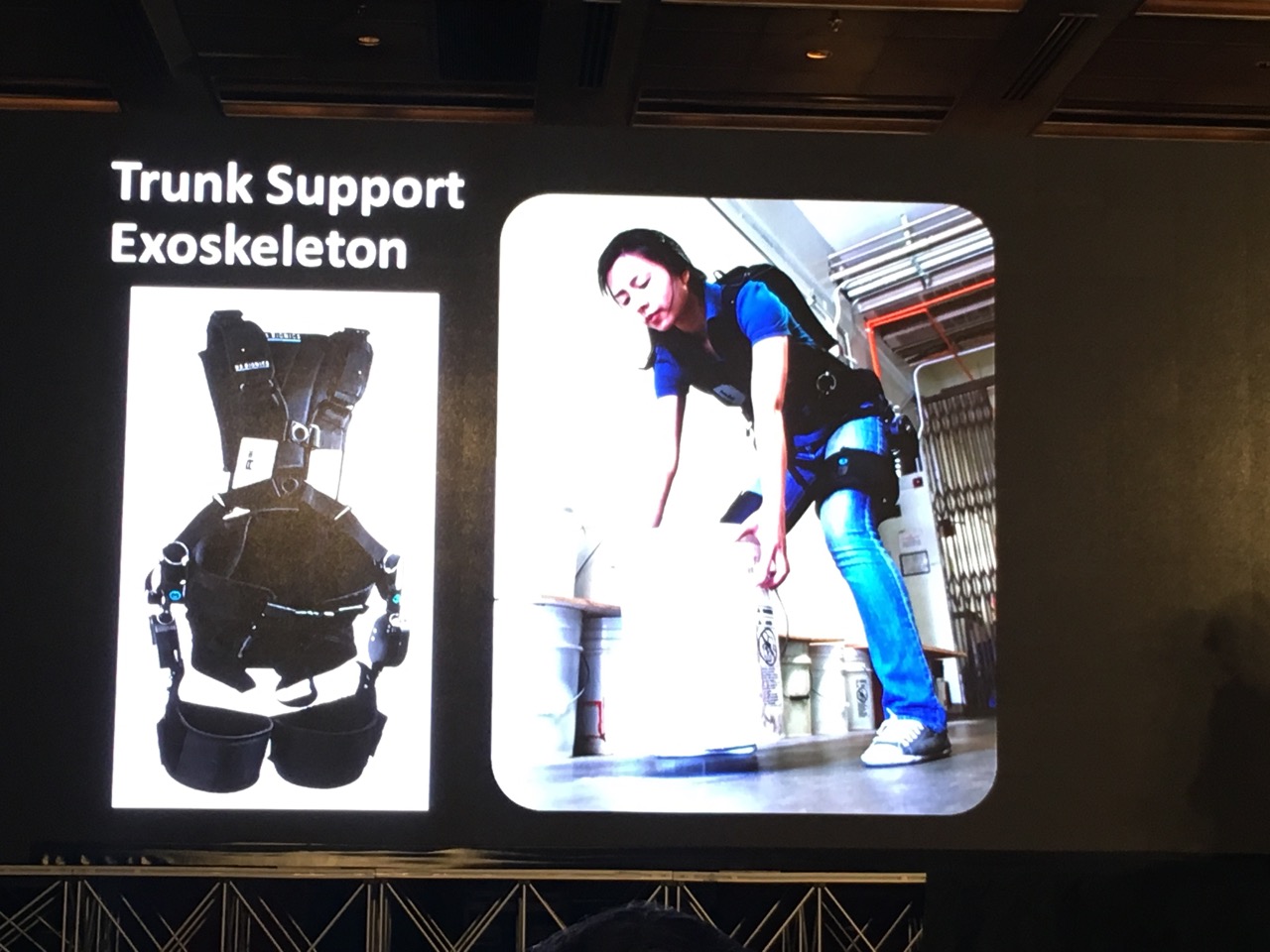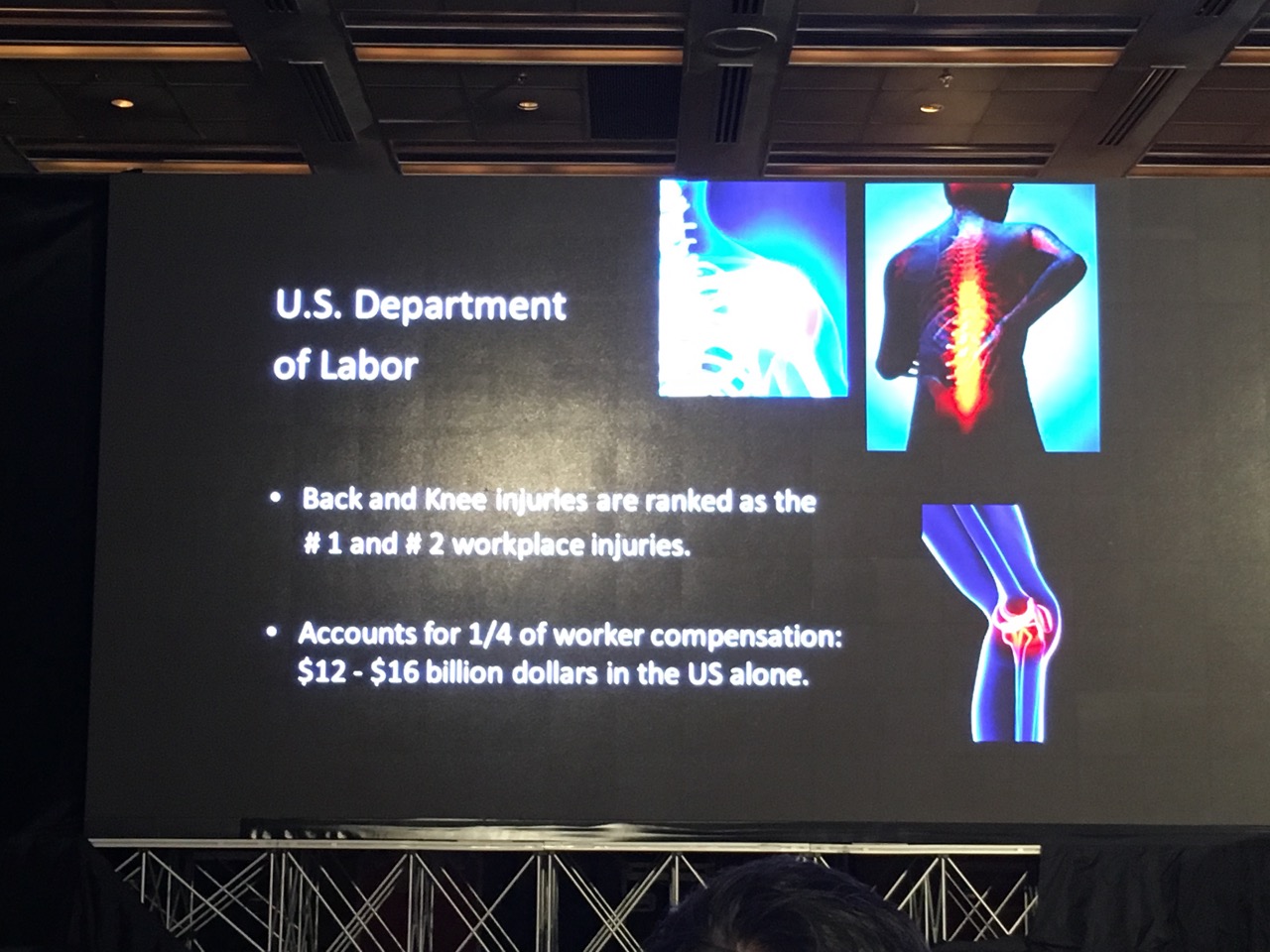According to Mr. Daniel Bongers, co-founder and current CTO of SmartCap Technologies, fatigue is a major causes of death on the roads and in construction industry. Many deaths are cause by the drivers or the operators of the heavy machines falling asleep. So it would be great for the employers to detect the fatigue level of their employees so that the really tired persons can be requested to take a break before they fall asleep.
The SmartCap technology is the perfect solution. It is a blue tooth device that sits inside any cap or hat. But monitoring the brain signal, it can give warnings when a certain fatigue level has been reached. The signal can be sent to the employer, the family members or even the user himself so appropriate action can be taken like taking a hot break.
The SmartCap is deigned to fit in any caps or hats. So it can work with many industries. Two hours recharge can make the device work for a whole week. The algorithm behind the SmartCap is extremely advanced to detect fatigue signals and produce early warnings. This is indeed a life saving technology.

